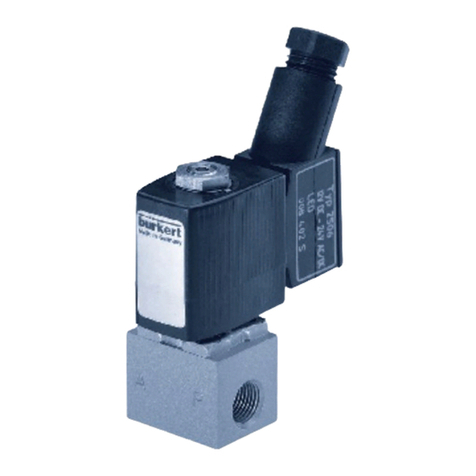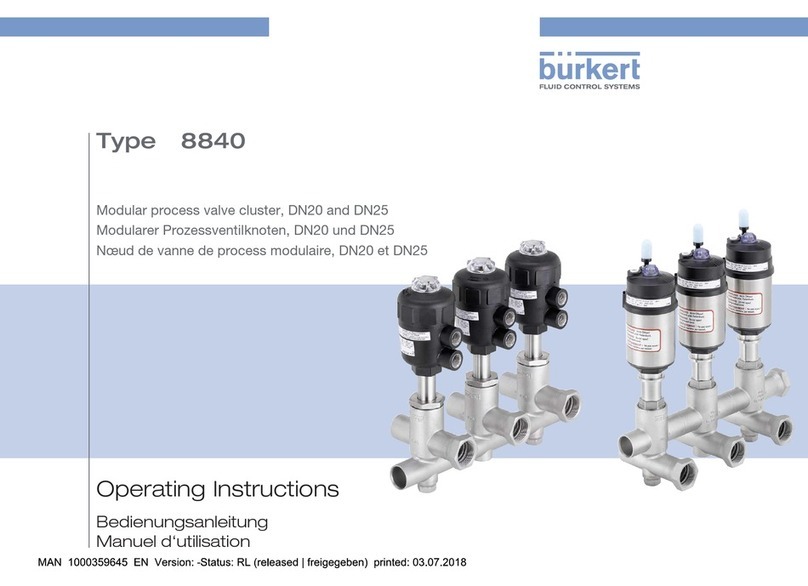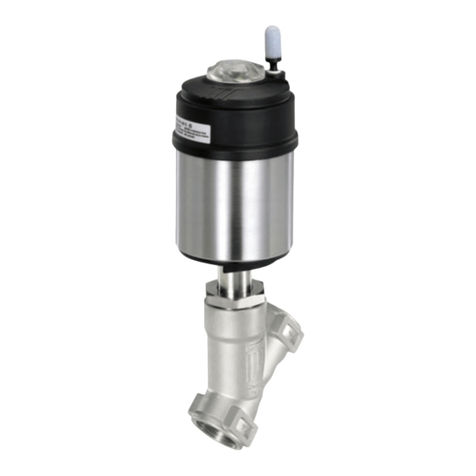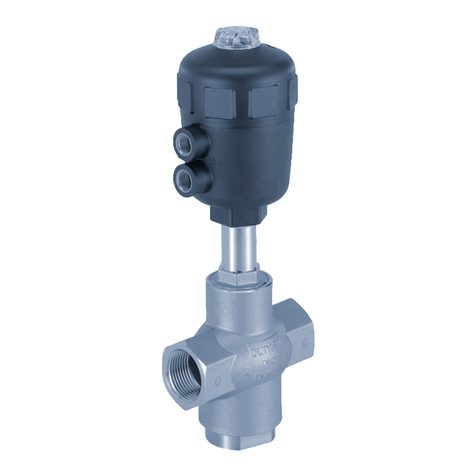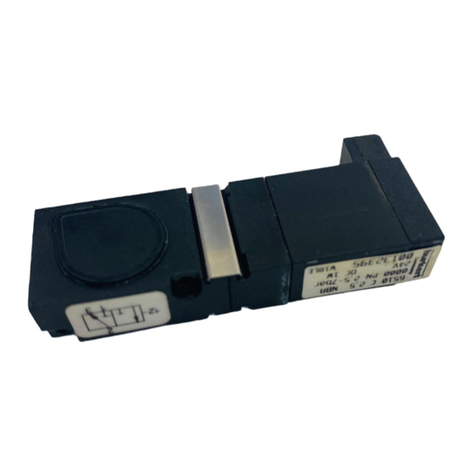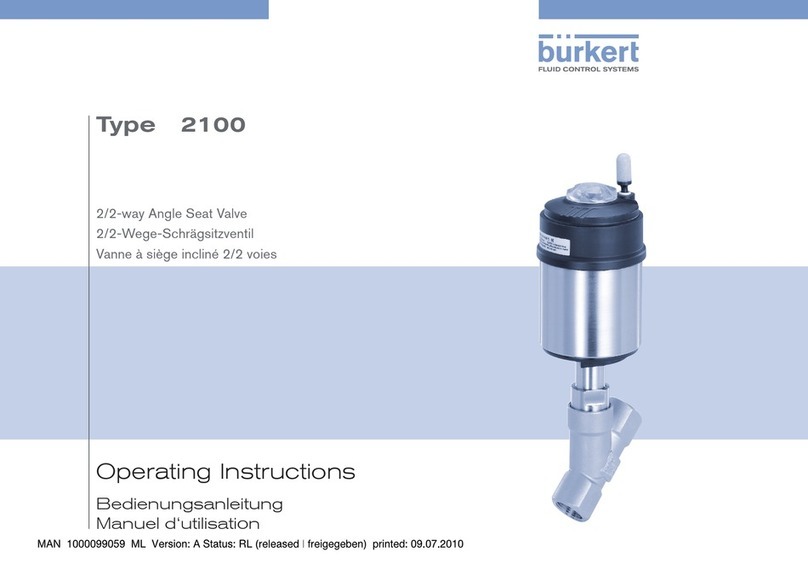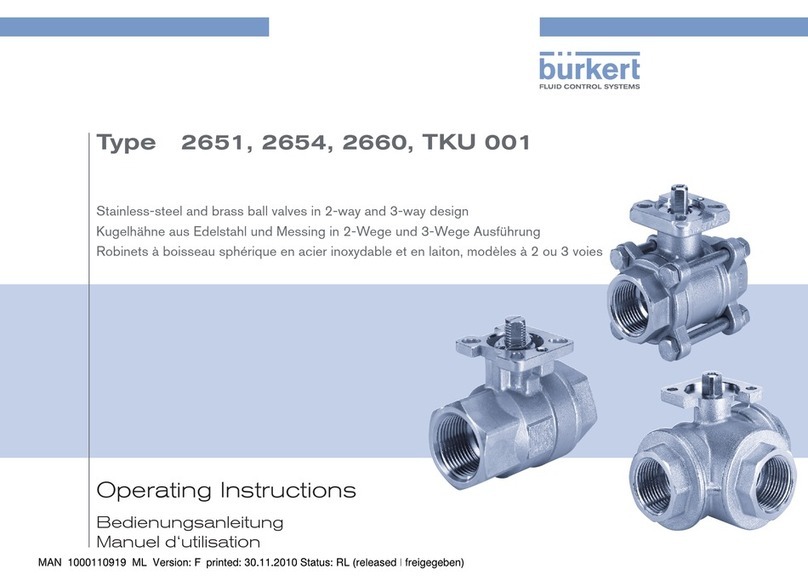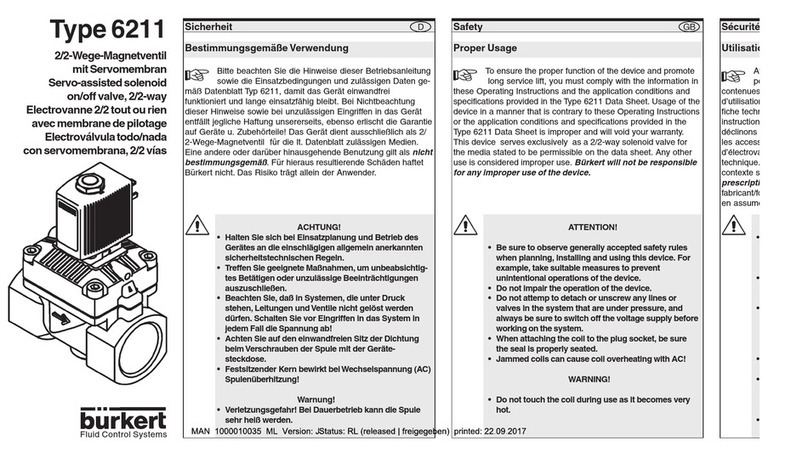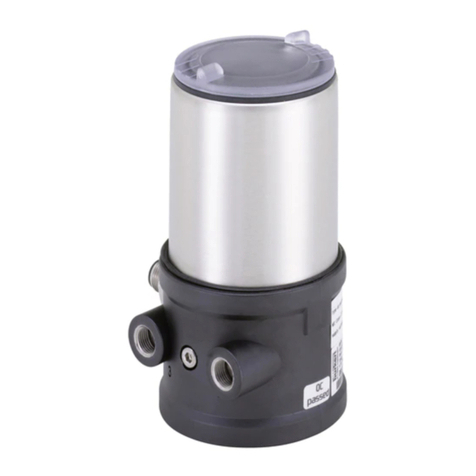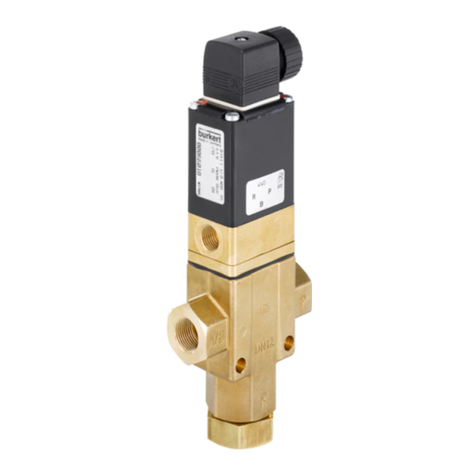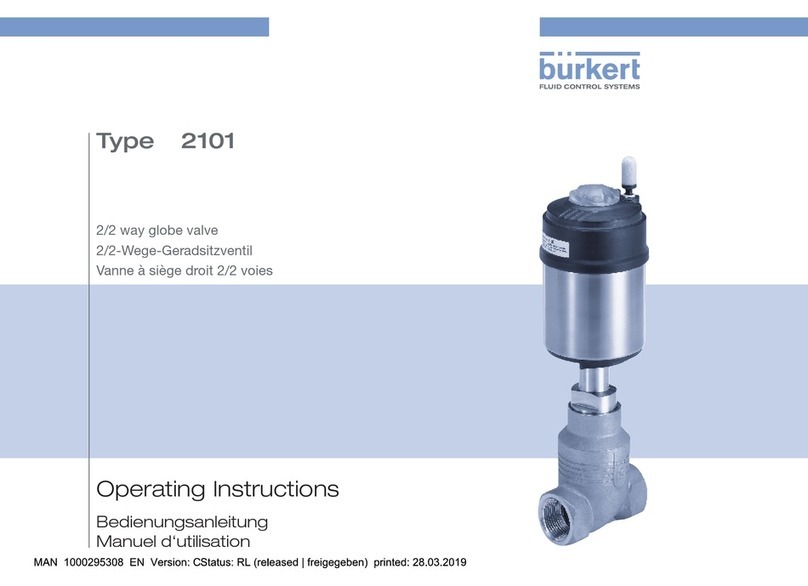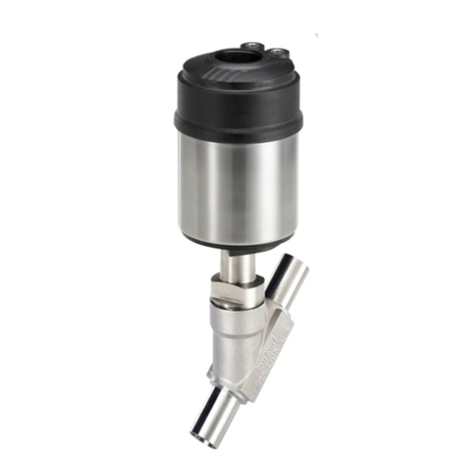
3
1 OPERATING INSTRUCTIONS ...............................................................4
1.1 Symbols....................................................................................... 4
1.2 Definition of term ....................................................................... 4
2 AUTHORIZED USE .....................................................................................5
2.1 Restrictions................................................................................. 5
3 BASIC SAFETY INSTRUCTIONS ........................................................5
4 GENERAL INFORMATION.......................................................................6
4.1 Contact address........................................................................6
4.2 Warranty ...................................................................................... 6
4.3 Information on the Internet ......................................................6
5 PRODUCT DESCRIPTION.......................................................................7
5.1 General description ..................................................................7
6 STRUCTURE AND OPERATING MODE ...........................................7
6.1 Structure...................................................................................... 7
6.2 Operating mode.........................................................................8
7 TECHNICAL DATA........................................................................................9
7.1 Conformity...................................................................................9
7.2 Standards.................................................................................... 9
7.3 Type label ....................................................................................9
7.4 Operating conditions..............................................................10
7.5 Control functions.....................................................................11
7.6 Mechanical data.......................................................................11
8 INSTALLATION............................................................................................ 11
8.1 Safety instructions...................................................................11
8.2 Before installation....................................................................12
8.3 Installation .................................................................................12
8.4 Pneumatic connection............................................................14
8.5 Removal.....................................................................................15
9 MAINTENANCE, CLEANING................................................................ 15
9.1 Safety instructions...................................................................15
9.2 Maintenance work...................................................................16
9.3 Replacing the valve seat........................................................17
11 REPLACEMENT PARTS .........................................................................18
11.1 Replacement part sets...........................................................18
11.2 Overview of replacement parts............................................19
12 PACKAGING, TRANSPORT, STORAGE..........................................19
Contents
Type 2012
english





